A Fire Next Door
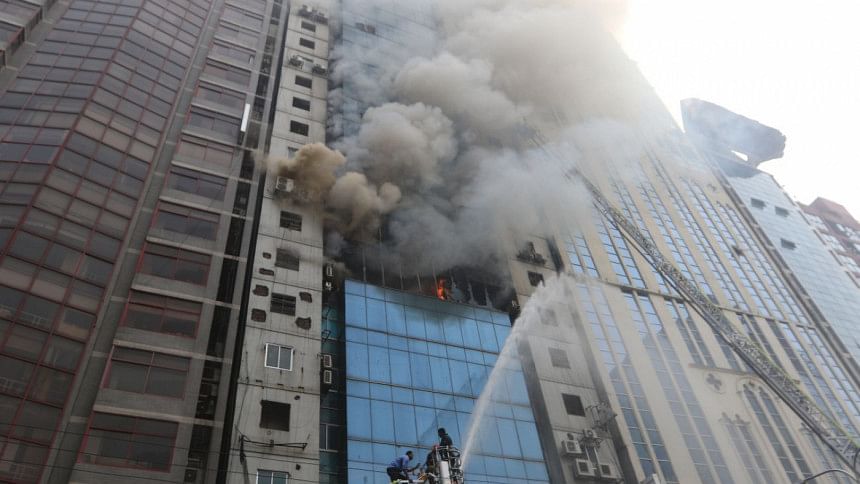
Before the amber of the last one turn to ashes and forgotten memories, a new flame leaps up in another neighbourhood of the city, revealing, once again, cracks in the façade of our tilottoma. Burning buildings expose the inadequacies and vulnerabilities in our public life. Architects make stunning buildings, but the city goes to hell. Such is the state of our urban realm.
Greed is what makes this city move, and at the same time stops it from becoming a collective, a fundamental aspect of a "good" city. Embedded in the system, and in the predatory urban genetics, individual greed overrides the public good. Greed is also what makes the collective vulnerable. Those who have greater leverage in the contorted system show no hesitation in abusing the weak junctions. "To each his own" has turned the city into a breeding ground for endemic disaster and misfortune.
When death comes, we have to accept it, as is the writ, but not deaths that are unwarranted and, most importantly, avoidable. That is the tragic fact of the recent disasters of Dhaka: they were avoidable. Which is what makes us both aggrieved and angry. Deaths in the Banani fire, and in Chawkbazar and Nimtoli, could have been avoided if we had all played our parts right. If FR Tower were properly designed, not a single life would have been lost. Which makes us realise that constructing a beautiful building is half the task; keeping it safe is a greater achievement.
From the building owners, architects, builders and managers, who alter building plans for profit, to state officials, who allow faulty documents to pass, all contribute to these recurring catastrophes. "To fulfill the goal of achieving a planned city," the city's premier agency Rajuk announces in its website, "Rajuk has taken initiatives to make it liveable through solving housing, transportation problems and creation of large-scale water-based public spaces/open spaces like Hatirjheel integrated project." There is not much mention of safety and regulation.
Instead of beautification projects, we suggest that the administrators of the city give more attention to the wellbeing of their citizens. Instead of selling plots and making money, like a real estate developer, the city's premier agency might focus on its fundamental role of development control and ensuring safety. Declaring that they do not have adequate manpower, as Rajuk claims, is unacceptable when human lives are involved. Rajuk can instead create a special taskforce trained in safety codes which will enforce the requirements without any hindrance. While we laud the difficult and dangerous work of the fire brigade members, we also expect them to be proactive in monitoring buildings for fire safety.
A city of nearly 20 million, Dhaka is in the throes of hyper-construction with newer conditions of liveability and practices. Business as usual and institutions as before will not help. Clearly, it is time to rethink the governance and maintenance of this complex city. There is now more need of competence and vigilance as Dhaka proceeds onward at high speed. Institutional differences among the mayors' offices, Rajuk, and other agencies have not helped secure a safe city for us.
We have become habituated to mid-rise and high-rise structures before understanding and putting into practice the obligations that come along with it. While the high-rise is relatively a new building type for Dhaka, we have not yet developed the full measure for occupying it. Bangladesh does have firefighting codes in the Bangladesh National Building Code (1993) that speaks clearly about fire detection and fighting system for such building types. But the code by itself is not enough; it has to be internalised as a living practice.
The FR Tower tragedy has ushered in a necessary recitation of fire-related safety: high-rise buildings must have properly located fire exits, exit corridors and fire stairs should have fire-rated walls, building spaces must have fire-rated doors, fire stairs should keep smoke out through induced air pressure (most people succumb to smoke-related asphyxiation before burning), exits must be operable and not locked (as is the case in many Dhaka buildings), fire-sensing and fighting devices must be in place in key locations, AC outdoor units must be housed properly lest they explode during fire, there should be proper signage for exits, and most importantly, fire drills should be enacted for both awareness and ensuring exit practices.
It is obvious that few or none of the above were in place in FR Tower ("FR" now can only stand for "fire"). The negligence is appalling. The building plan is unacceptable for a tall building. Before one points to the total lack of firefighting conditions in the cursed building, Rajuk will have to explain how its authorising committee and inspectors allowed the construction of a building with a flawed plan.
Notwithstanding the usual blame-game scenario, someone has to take the blame for the Banani fire. When the Grenfell Tower burned in London in 2017, taking the lives of 72 people, the British government immediately offered to re-house displaced occupants and help deal with traumas, while the Scotland Yard brought up charges of "corporate manslaughter" against the borough that built Grenfell.
If the public works minister has declared the gruesome occurrence as a "murder" and police are filing a case, the target should not only be owners but officials who allowed the faulty building in the first place. It's a long chain of criminal negligence that needs to be exposed.
In fact, the stretch of buildings on Kemal Ataturk Avenue, where FR Tower is located, is particularly vulnerable and volatile—20-storeyed buildings abutting each other with structural risks and faulty plans. There are buildings with one staircase! Even if there is an emergency staircase, it is wrongly located, as in our villainous building. And, in most cases, such stairs have no fire-rated walls or doors, and no precaution for smoke control. A misfortune in one building—with a fire or earthquake—will affect neighbours like a pack of cards. That stretch is designed for disaster.
As buildings in the Kemal Ataturk stretch were built before the codes came into effect, they need to be retrofitted with special stairs and other firefighting systems. It is estimated that retrofitting a 22-storeyed building will cost approximately Tk 2 crore, or less than Tk 10 lakh per floor, which is not much of a challenge for a commercial enterprise.
The mayor of North City Corporation has announced an admirable plan to review all building plans in the next few weeks. Considering the enormity of the task, when 80 percent of Dhaka's buildings may fail the safety bar, we suggest that the mayor take on 10 different areas in Dhaka and put in place a retrofitting procedure on a fast-track basis as a demonstration. Instead of waiting for the authorities to take action, it would also be prudent for the owner and manager of each and every building above six storeys, with more than 200 people housed in it, to review their buildings for fire- and earthquake-related safety with professional help.
We all live in an extremely vulnerable environment in Dhaka. Without much of a warning, buildings may tilt, collapse, or burn. The office of Bengal Institute is located in a building neighbouring the FR Tower. One fine afternoon, as our colleagues were working, they found the space next door shrouded in flames and smoke. Witnessing terrifying sights, they managed to escape to the street, dazed and distressed.
Is it that difficult to make things better in this stubborn city? No, it is not. Urban administration and governance are no rocket science unless impeded by lethargy, incompetence or corruption. Complacency is another foe. In our usual false contentment, we can say, "Ah well, the fire was next door," or "in another neighbourhood." Next time, it could be our fire.
Kazi Khaleed Ashraf is an architect and directs the Bengal Institute for Architecture, Landscapes and Settlements. Hasina Choudhury and Nusrat Sumaiya provided important information for this article.





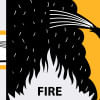
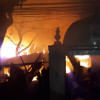
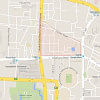

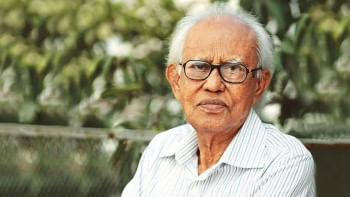
Comments